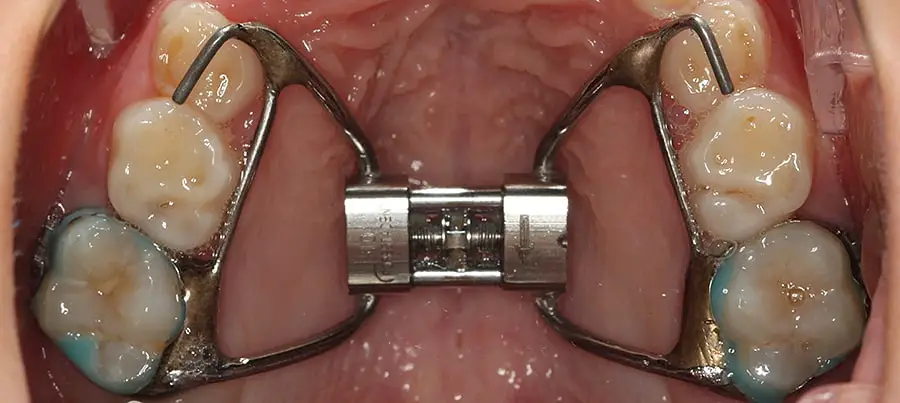
As the name suggests, a palate expander is an orthodontic appliance that helps widen the upper jaw or the palate. An orthodontist may recommend wearing a palate expander for numerous reasons, including fixing a narrow smile, bite problems, and breathing difficulties. The palate expander’s effects on facial features will largely depend on how long it stays in the mouth.
If you use a palate expander for a good chunk of time, you’ll experience a better (fuller) smile, better facial symmetry, and an improved philtrum curve. Expanding the palate can also improve your oral posture by leaving space for the tongue on the mouth’s roof, which can indirectly increase attractiveness.
The Effects of Wearing Palate Expanders
According to Dr. Mike Mew, the average gap between the molars is 29-34 mm, but our ancestors had inter-molar widths in the low 50s. In more developed countries such as the United Kingdom, children are more likely to have to narrow palates than less developed countries.
This palatal development is dependent on the type of food you have access to. It turns out, those who have access to modern and processed foods also have narrower palates and a worse facial structure. A tight palate is a precursor for dental problems, and the main reason why certain people need palate expanders. The usual candidates for this are children.
Palate expanders will affect the facial soft tissues and lead to inevitable changes in the mouth width and nasal cavity width, leading to improved breathing. A 2018 meta-analysis showed that after expansion, there was still an active movement in the nasal cavity width by 2.1-4.5 mm (Huang et al. 2018).
Although the nose width increased, another study suggests that the nasal tip angle also increased horizontally (Altorkat et al., 2016). This development is especially helpful to mouth breathers with constricted airways.
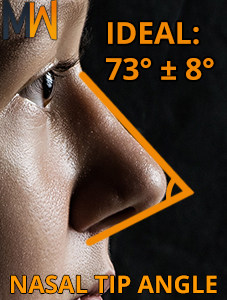
A consequence of using palate expanders is an increase in the mouth width. Palate expanders increased the mouth width from 1.84 to 3.02 mm. The reason behind this expansion is that soft tissues stretch, therefore affecting both the mouth width and the philtrum width.
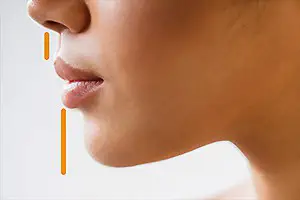
Another facial effect of a palate expander is a better smile. In research with 27 patients with a mean age of 10 years old, rapid maxillary expansion helped increase the transverse smile dimension (Carvalho et al. 2012).
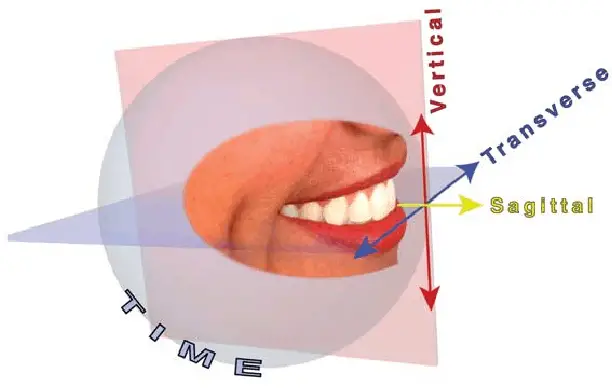
The expansion causes the maxillary central and lateral incisors to have increased exposure when smiling, resulting in a wider smile. The rapid maxillary expansion also creates an improvement in the smile symmetry and arch. Take a look at the photo below. On the right is after orthodontic treatment via expansion. You will notice a substantial improvement in facial appearance due to improved smile aesthetics (Sarver et al., 2003).

Expansion and Oral Posture
Expanding your palate leaves more room for your tongue to be on the roof of your mouth, and it makes it easier for you to nosebreathe. In effect, it makes it much easier to have good oral posture. And when you have good oral posture, your face naturally develops into the proper position. This is called mewing, and it can create bone changes in adults over several years. Here’s a little animation of some of the changes that occur with proper tongue posture.
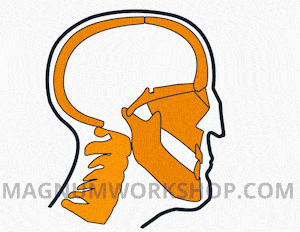
With improper tongue posture, you get the exact opposite: facial recession. So you want to make sure you’re constantly practicing proper oral and body posture, especially the younger you are.
For more info on mewing, check out our Ultimate Guide.
How Does the Palate Expander Work
The other term for the palate expander is a jaw widener since it widens the jaw and helps with different dental concerns. It stretches the cartilage between the bones in your palate, allowing more space for the bone to grow. Palate expanders are best for children whose palates have not yet fused entirely. Although adults can also use palate expanders, the process is more difficult, and you are less likely to get true bone expansion.
Traditional palate expanders work by attaching the halves on the palate and securing it via a unique key. Using the key, the orthodontist will make the first adjustment. The orthodontist will also show the person wearing the expanders how to adjust it by himself. The calibration will rely on consistency; this means that the adjustment needs to happen at the same time of the day. Doing it every day at the same time will result in even cranks.
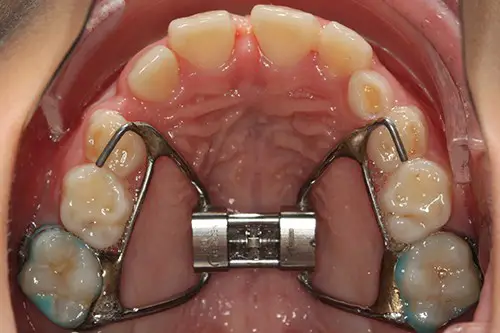
The adjustment should result in a one-millimeter yield for the week. A one-millimeter increase may not seem like much of a return, but don’t add to your frustration by rushing the process. The best thing you can do is take it slowly and wait for the results to prosper. A millimeter is actually huge when it comes to your face.
Palate expanders encourage the adjustment of the roots of the tongue and both sides of the jaw. This process takes time. There are different types of palate expanders, and the new ones will not require any key for adjustment. Your orthodontist will recommend the best expander for your needs.
Different Types of Palate Expanders
Palate expanders are made to custom-fit the palate dimensions and the dental arch of the patient. Some of the expanders are fixed on the mouth, while others can be easily removed. Here are some of the most common types of palate expanders.
Rapid Palatal Expander (RPE)
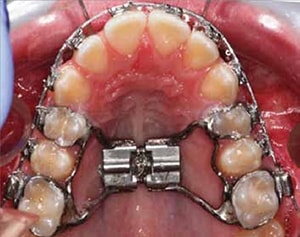
The rapid palatal expander holds onto a few back teeth on the upper jaw, and a screw holds it in the middle. This palate expander operates by using a special key to turn the screw by a small amount. This turning action creates tension for the palatal bones and causes them to adjust.
RPEs are usually for correcting crowding of the teeth, crossbites, and narrow palates. The rapid palatal expander does this by expanding the dental arch and allowing for the bones’ movement within the bones. This treatment typically lasts for 3-6 months. Some orthodontists will leave it in for a few months after reaching the expansion goal since this ensures that new bone will develop.
Removable Palatal Expander
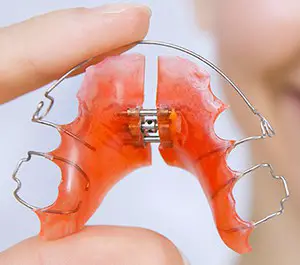
The removable palatal expanders are an excellent choice for people who only need minor jaw widening. Stainless steel and acrylic frame are the most common materials for this expander. Like the rapid palatal expander, the removable kind’s goal is to widen the upper jaw.
The expansion of the maxilla area secures space for the arrival of the permanent teeth in children. Patients with this kind of appliance in their mouths will experience slight discomfort and tongue obstruction. They may also notice difficulty with speech, which will go back to normal after a few days of adapting to the expander.
Some removable expanders are great for both the upper and lower teeth. Orthodontists will suggest wearing the removable expander for 24 hours; however, the exceptions are eating, swimming, engaging in contact sports, and brushing the teeth.
Implant-Supported Expansion
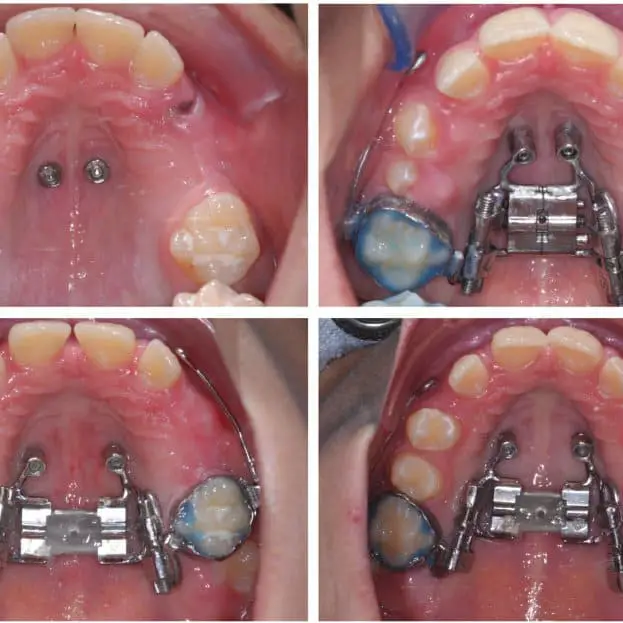
The implant-supported expansion uses 2-4 mini implants and screws them into the maxilla, particularly on the palatal vault. Older people are the best candidates for implant-supported expanders since they will need extra force to widen the jaws and the palate. The implant-supported expansion makes sure that the pressure is directly on the maxillary bone and not on the teeth.
Quad Helix Palate Expander
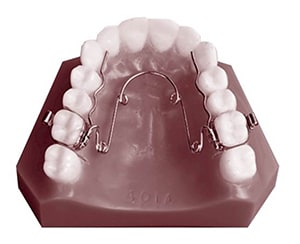
The Quad Helix expander is slower in comparison with the RPE. This expander is fixed and will not require any key for adjustments. It widens the jaw’s front and back area, and it pushes the teeth outward for expansion.
Palate Expanders FAQ
Will a palatal expander hurt?
Palatal expanders look complicated, and this leads people to think that it hurts when wearing them. There is no pain; the only feeling you will feel is a tingling or pressure during the adjustment. This feeling will only last for a couple of minutes.
What are the usual problems to expect when using a palatal expander?
The food sticks onto the expander and becomes difficult to remove. With this in mind, an individual wearing a palatal expander should avoid sticky food such as caramel, gummy bears, or any sugary treats that might cause sticking. If the food accidentally sticks to your expander, you can always rinse with water or gently remove it using cotton swabs.


